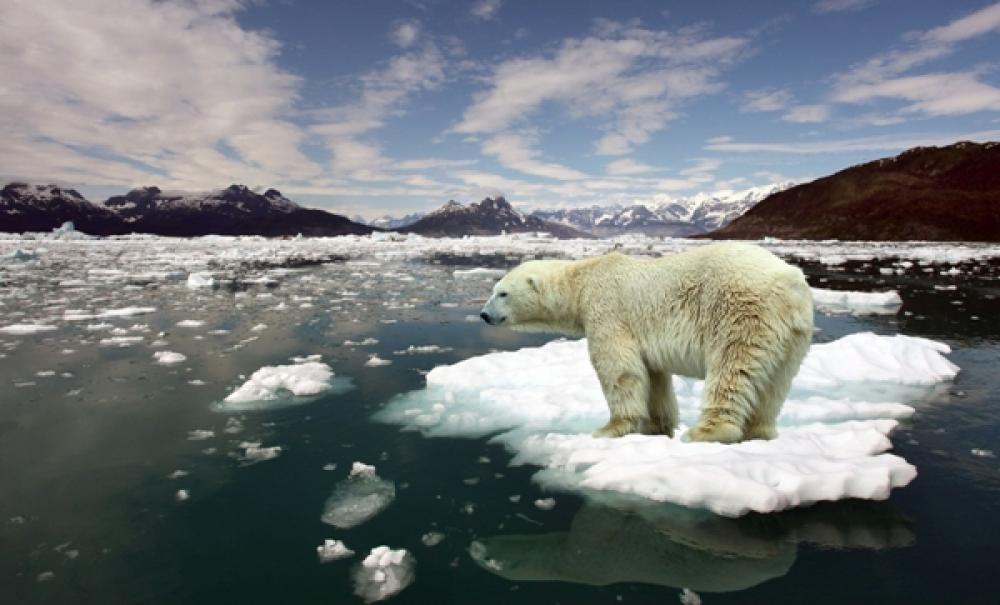Just Earth News | @justearthnews | 18 Jun 2018, 12:37 pm Print

London: New research from the University of Oxford and collaborators at several other institutions provides compelling evidence that meeting the global warming target of 1.5°C may not be enough to limit the damage caused by extreme weather.
The paper, published today in Nature Climate Change, demonstrates that higher atmospheric CO2 concentrations directly increase temperature and rainfall extremes, meaning there could be dangerous changes in these extremes even if the global mean temperature rise remains within 1.5°C, read the University of Oxford website.
The research highlights the need for climate policy to complement temperature goals with explicit limits on CO2 concentrations.
Much of the focus of climate change mitigation has been on the goal of limiting warming to 1.5°C, agreed at the 2015 United Nations climate summit in Paris. However, the atmospheric CO2 concentrations required to limit warming to 1.5°C depend on the climate response.
Researchers from Oxford and other institutions participating in the HAPPI-MIP project (Half a degree Additional warming, Prognosis and Projected Impacts Model Intercomparison Project) simulated future climate under the range of CO2 concentrations that all might be consistent with 1.5°C of global warming.
In the models, CO2 levels at the higher end of this range were shown to directly increase Northern Hemisphere summer temperature, heat stress, and tropical precipitation extremes.
This means that even if a low temperature response helps us to meet the temperature target, there may still be 'dangerous' changes in extremes – in other words, severe weather impacts beyond those currently expected at 1.5°C.
The research points up the need to set explicit CO2 concentration goals to limit the adverse effects of high-impact weather extremes. It also supports existing findings suggesting that proposed geo-engineering solutions aimed at reducing global warming impacts without reducing CO2 concentrations may not be effective at counteracting changes in extremes.
Hugh Baker, DPhil student at Oxford's Department of Physics and lead author of the research, said: 'Future work is needed to confirm exactly why we see this direct CO2 effect, but current research points to a combination of circulation and cloud cover changes, and an increase in the amount of direct radiation on the Earth's surface due to simply having more CO2 in the atmosphere.'
Oxford's Professor Myles Allen added: 'This puts paid to the Pollyanna argument that we should wait and see before reducing emissions in case the global temperature response to rising CO2 turns out to be lower than current models predict. Hugh Baker's paper shows that the accumulation of CO2 in the atmosphere itself increases the risk of key damaging weather extremes, regardless of the global temperature response. It's not enough to get lucky.'
Dr Dann Mitchell, a co-author of the paper from the University of Bristol's School of Geographical Sciences, said: 'Geo-engineering techniques that reduce the amount of sunlight hitting the Earth's surface are increasingly thought of as a way of achieving the Paris goals because they decrease surface temperature. However, our results show that for extreme climate such as heatwaves, changing the global mean temperature is not enough – you need to reduce CO2 concentrations themselves.'
The research was carried out in collaboration with researchers at the University of Melbourne, ETH Zurich, the University of Bristol and the National Institute for Environmental Studies in Tsukuba, Japan.
Image: Internet Wallpaper
- Catastrophe alert: UN warns Asia is facing unprecedented cyclones and rainfall
- Catastrophe alert: UN warns Asia is facing unprecedented cyclones and rainfall
- India’s West Coast Turns Protector: Whale Shark Rescues Surge from Gujarat to Kerala
- Belém COP30 announces major climate finance boost
- Three dead after magnitude 5.7 earthquake hits Bangladesh, strong tremors felt in Kolkata



-1763561110.jpg)


